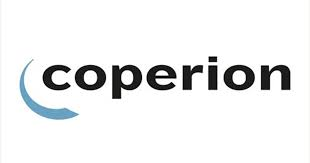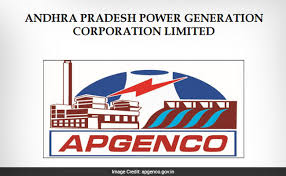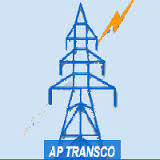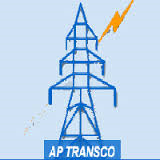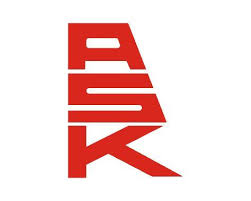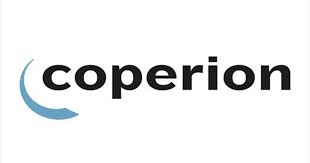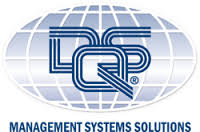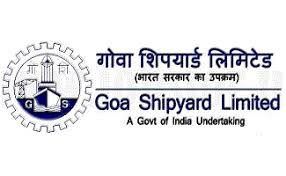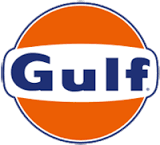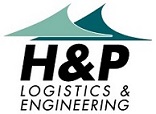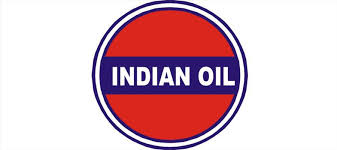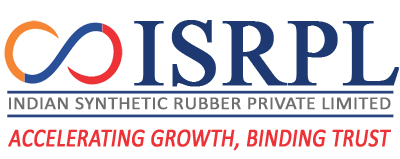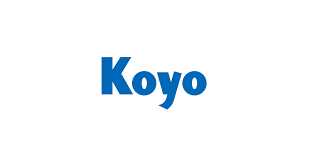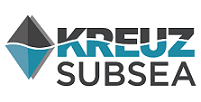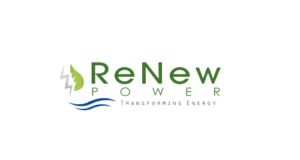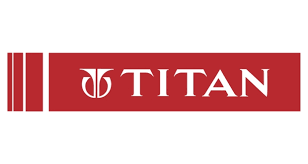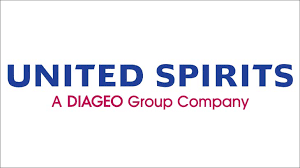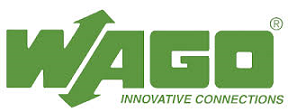Risk assessment of a wind power plant conducted by us
Background: A well known renewable Energy Company had planned to construct and operate a wind power plant in a coastal region. The proposed wind farm consisted of 50 wind turbines with a total installed capacity of 150 megawatts (MW).. The project aimed to harness the region's strong and consistent wind resources to generate clean, renewable electricity for the local grid.
1. Risk Identification: We conducted a comprehensive risk identification process to identify potential risks associated with the wind power plant project:
- Equipment Failure: Risk of turbine breakdowns, gearbox failures, and blade damage.
- Natural Hazards: Risk of high winds, lightning strikes, and hurricanes affecting turbine operations.
- Environmental Impacts: Risk of bird and bat collisions, visual and noise impacts on local wildlife and communities.
- Regulatory and Permitting Risks: Risk of changes in government policies, compliance requirements, and delays in obtaining permits.
- Supply Chain Risks: Risk of delays in equipment delivery, supplier bankruptcies, and quality issues with turbine components.
- Financial Risks: Risk of fluctuations in energy prices, changes in tax incentives, and financing challenges.
- Health and Safety Risks: Risk of accidents involving workers during construction, maintenance, and operation.
- Cybersecurity Risks: Risk of hacking or malware attacks on control systems and data breaches.
2. Risk Assessment: We assessed the likelihood and potential impact of each identified risk:
- Likelihood: The likelihood of equipment failure is assessed as moderate, given the reliability of modern wind turbine technology. The likelihood of natural hazards is high due to the coastal location. Environmental impacts are considered moderate, with potential mitigation measures. Regulatory and permitting risks are assessed as high due to the complex regulatory environment. Supply chain risks are moderate, with contingency plans in place. Financial risks are assessed as moderate, considering market volatility. Health and safety risks are high during construction but reduce during operation. Cybersecurity risks are considered low but require vigilance.
- Impact: The potential impact of equipment failure includes downtime and repair costs. Natural hazards could cause turbine damage and production losses. Environmental impacts may result in regulatory fines and community opposition. Regulatory and permitting risks could lead to delays and increased costs. Supply chain risks could disrupt project timelines and increase expenses. Financial risks could affect project viability and return on investment. Health and safety risks could result in injuries and reputational damage. Cybersecurity risks could compromise data integrity and operational control.
3. Risk Prioritization: We prioritized risks based on their likelihood and impact. High-priority risks include natural hazards, regulatory and permitting risks, and health and safety risks. Moderate-priority risks include equipment failure, environmental impacts, and financial risks. Low-priority risks include supply chain risks and cybersecurity risks.
4. Risk Mitigation Strategies: We developed risk mitigation strategies to address high-priority risks:
- Natural Hazards: Implement lightning protection systems, conduct regular inspections, and establish emergency response protocols.
- Regulatory and Permitting Risks: Engage with regulators and stakeholders, maintain compliance with permit conditions, and anticipate regulatory changes.
- Health and Safety Risks: Provide comprehensive safety training, enforce strict safety protocols, and conduct regular safety audits.
- Equipment Failure: Implement predictive maintenance programs, procure spare parts, and monitor turbine performance continuously.
- Environmental Impacts: Implement bird and bat deterrent measures, conduct environmental monitoring, and engage with local communities.
- Financial Risks: Diversify revenue streams, hedge against energy price fluctuations, and secure project financing with flexible terms.
- Supply Chain Risks: Establish relationships with reliable suppliers, maintain buffer stocks of critical components, and monitor supply chain performance.
- Cybersecurity Risks: Implement robust cybersecurity measures, conduct regular vulnerability assessments, and train personnel on cybersecurity best practices.
5. Monitoring and Review: We established a monitoring and review process to track the effectiveness of risk mitigation measures, update the risk assessment as needed, and ensure ongoing compliance with risk management protocols. Regular reviews are conducted at key project milestones and during operational phases.
Conclusion: By conducting a comprehensive risk assessment and implementing proactive risk mitigation strategies, we effectively managed risks associated with its wind power plant project. This approach enhances project resilience, safeguards stakeholder interests, and contributes to the long-term success and sustainability of the wind energy facility.

